Welcome to the Breton Route, and the exploration of France’s Brittany coast. This 12-day sailing itinerary is a magical sail and exploration of a beautiful coastline, rich in local culture and history. Please note this is genuine adventure sailing and the wind and the weather at the time will dictate where we can go and when. This itinerary is a sample to show some of the highlights that are possible, but we will decide on the actual stops at the time, in association with you the crew, when we know the wind and weather.
Plymouth, UK to Brest, France
Plymouth
Known as the launch point for some of the most famous voyages in history, Plymouth’s maritime legacy is unparalleled. It’s from here that the Pilgrims sailed to America aboard the Mayflower in 1620. Plymouth is also home to the Royal Navy and has a long-standing association with British naval history, making it a great place to explore before setting sail across the Channel to Brest, France.
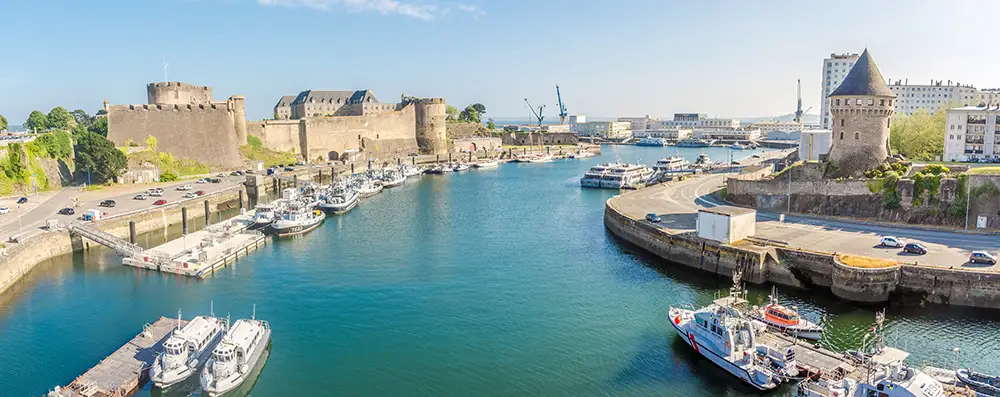
Brest
Brest has been a strategic naval base for centuries and was heavily bombed during WWII. While much of the city is modern, its naval port remains an important part of France’s maritime defense. The Château de Brest is one of the oldest castles in France and offers great insights into Brest’s maritime heritage. Don’t miss the National Maritime Museum housed within the castle walls.
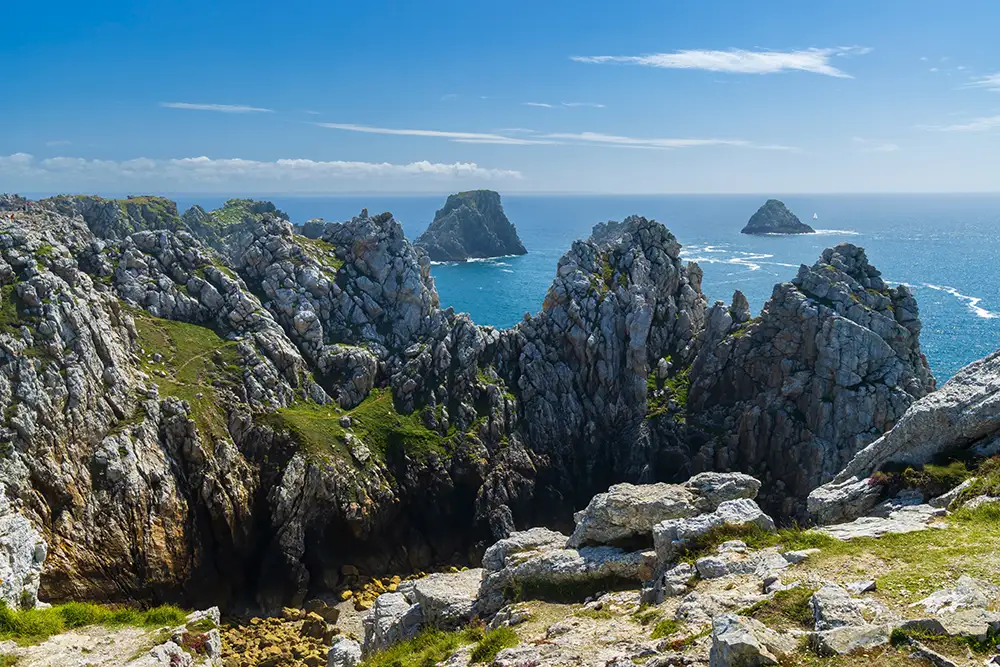
Camaret-sur-Mer
This quaint fishing port is best known for the Vauban Tower, a UNESCO World Heritage Site. Built in the 17th century by the famed military engineer Sébastien Vauban, the tower protected the harbor from enemy ships. The town’s Church of Notre-Dame de Rocamadour, surrounded by old shipwrecks, adds to the charm of this picturesque location.
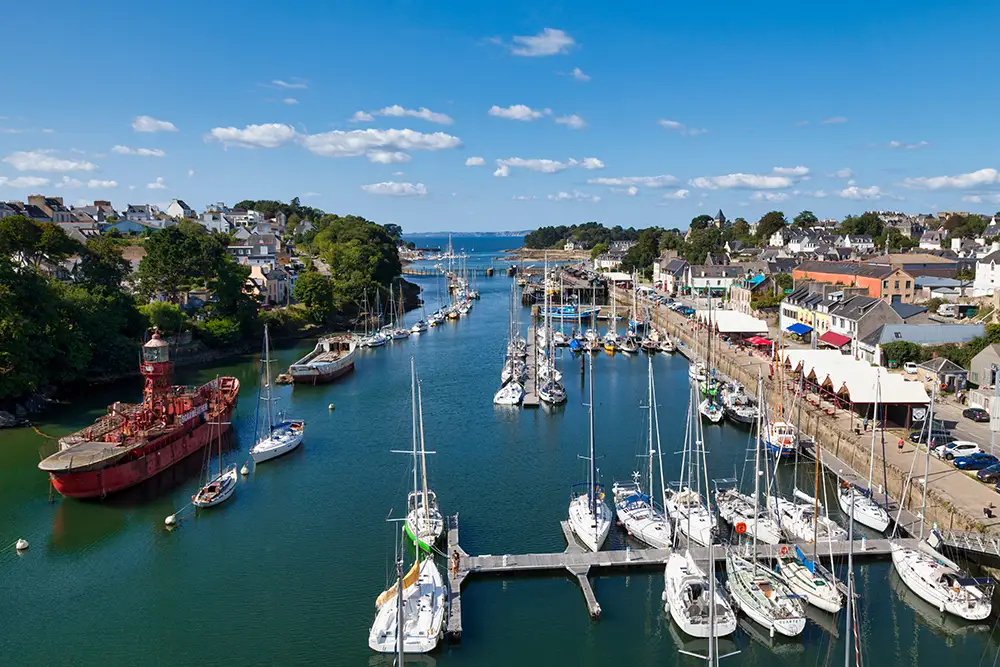
Douarnenez
Once famous for its sardine fishing industry, Douarnenez is rich in maritime culture. Visit the Port-Museum, where you can explore historic boats and learn about the region’s fishing heritage. The town has a bohemian charm, with narrow streets, colorful houses, and a lively market. The nearby Île Tristan is steeped in legend, supposedly linked to the famous story of Tristan and Iseult.
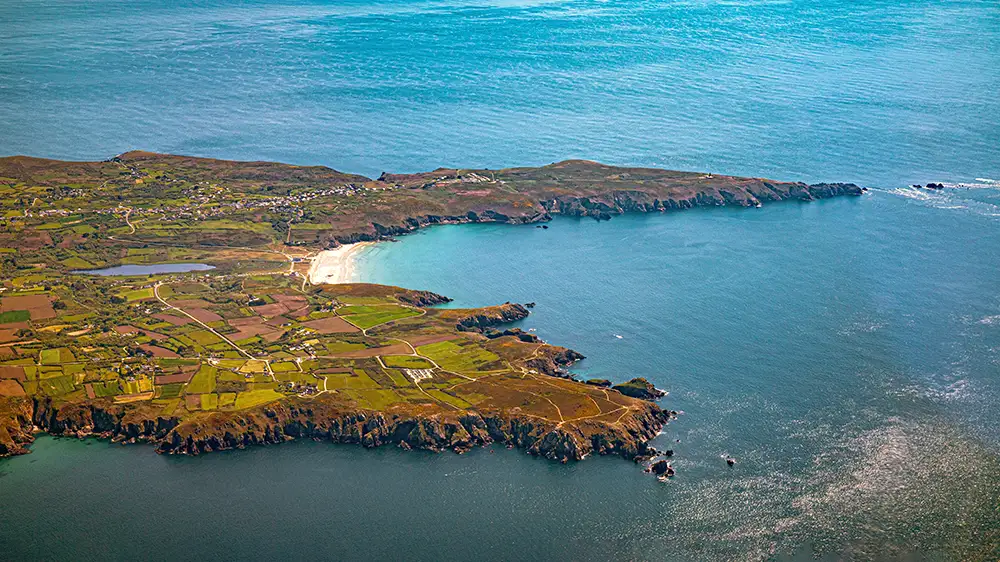
Île de Sein
This remote, windswept island holds a place of honor in French history. During WWII, the entire male population of the island left to join General de Gaulle’s Free French Forces after the German occupation of France. The island is also home to the powerful Phare de Sein lighthouse, which has been guiding mariners safely for over a century.
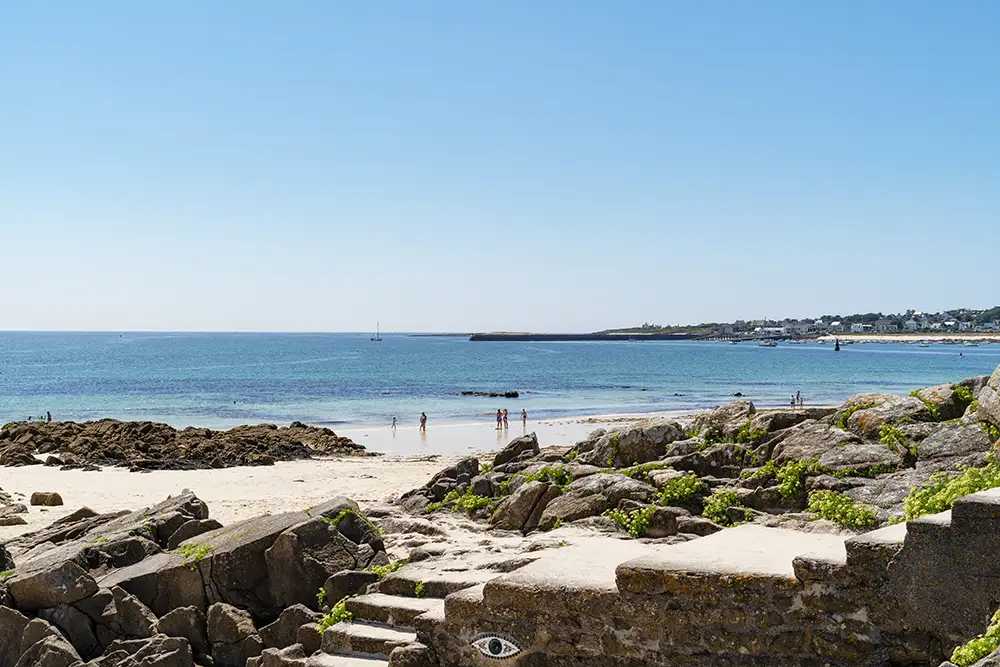
Audierne
Nestled at the mouth of the Goyen River, Audierne is famous for its seafood, especially fresh oysters and langoustines. The town’s historic Saint-Ronan Church and its bustling market add to its quaint appeal. For nature lovers, the nearby Pointe du Raz offers stunning views of the rugged coast and is considered one of France’s most dramatic natural landscapes.
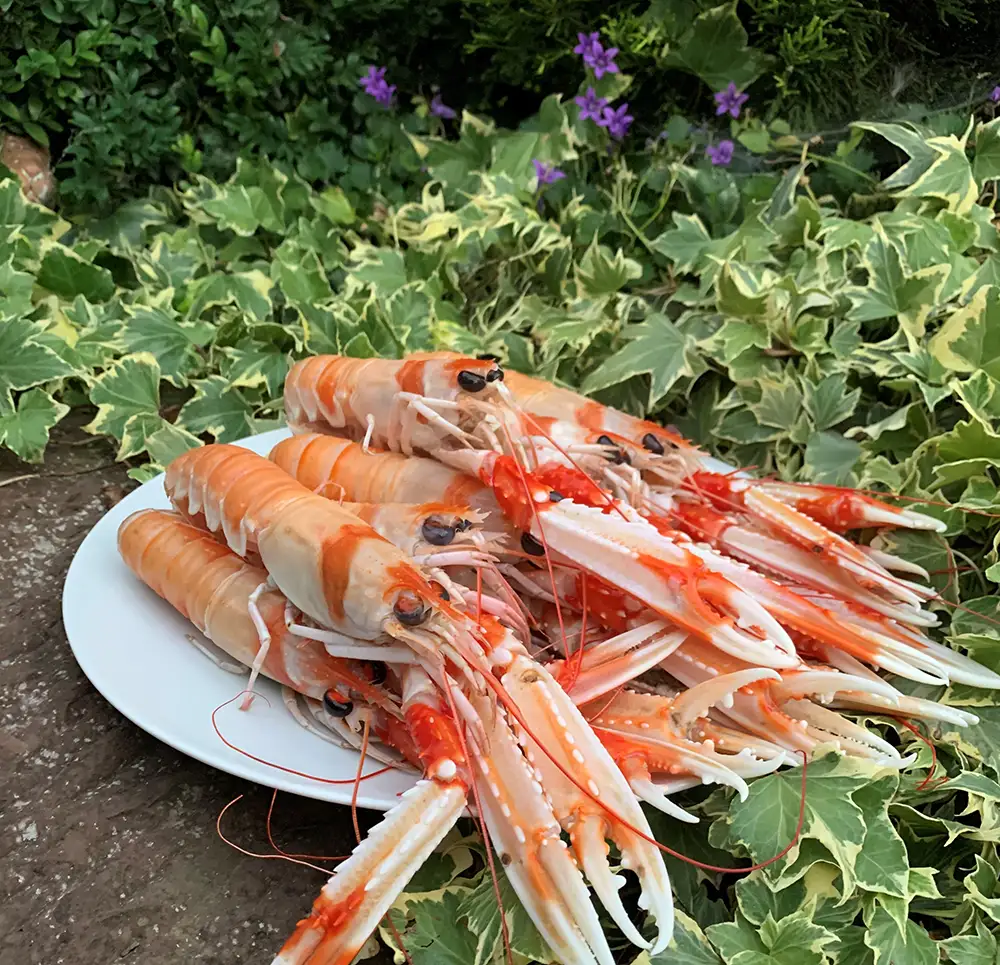
Loctudy
Known for its lovely fishing harbor, Loctudy is a seafood lover’s paradise, famous for the “Demoiselles de Loctudy” – local, sweet-tasting small lobsters. The town is also home to several beautiful chapels and offers easy access to the Île-Tudy, a charming peninsula with sandy beaches, ideal for an afternoon stroll or swim.
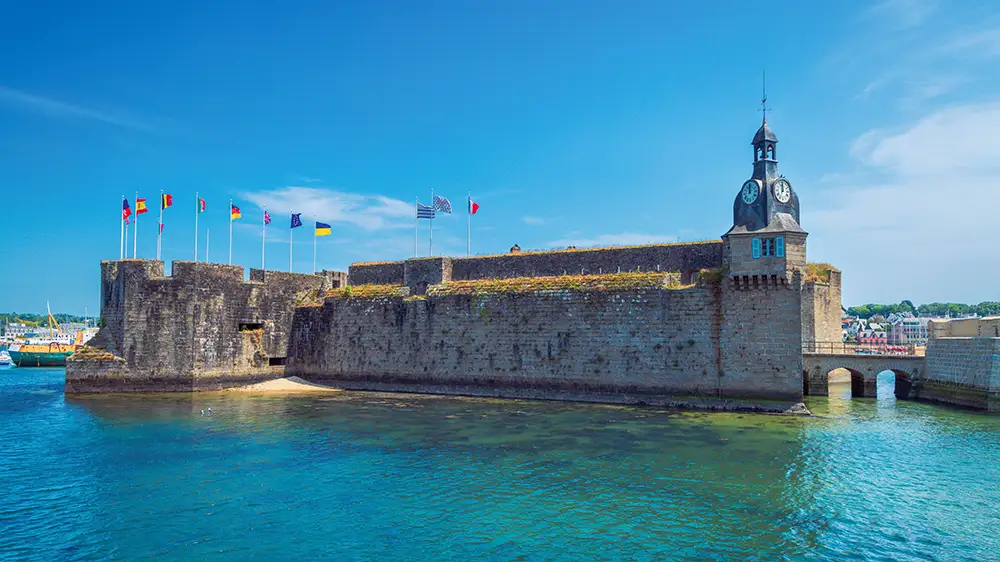
Concarneau
A true highlight of the region, Concarneau’s Ville Close is a well-preserved walled medieval town located on a small island in the center of the harbor. The cobblestone streets are lined with shops and restaurants, offering plenty to explore. The town’s Fishing Museum showcases the importance of the fishing industry to the region. Concarneau is also known for its active sailing culture and annual regattas.
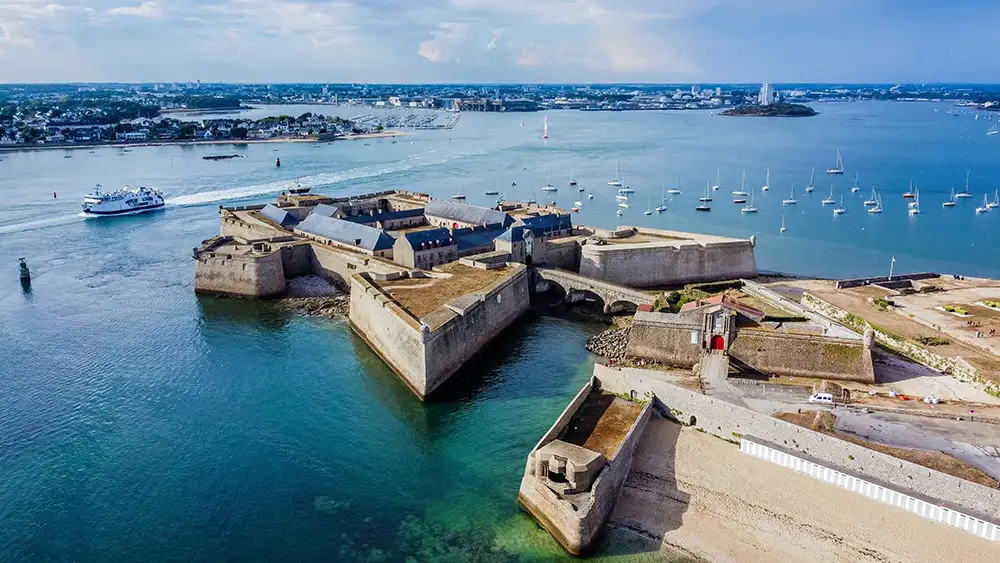
Port-Louis
Steeped in history, the Citadel of Port-Louis was built in the 16th century and played a vital role in protecting the port. Today, it houses the Museum of the French East India Company and a Maritime Museum, providing fascinating insights into the town’s past as a major trading hub with the East. Its strategic location also offers lovely views over the bay.
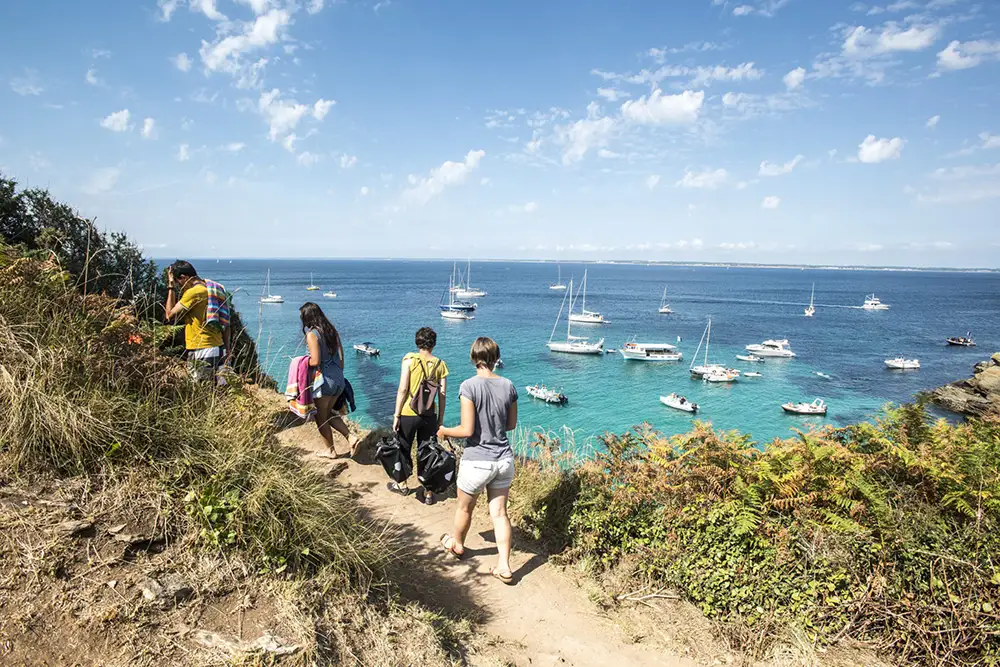
Île de Groix
Known for its unusual, crescent-shaped Les Grands Sables Beach, which is unique in Europe, the island offers fantastic opportunities for hiking and wildlife watching. The island was once home to one of the largest tuna fleets in France, and its Tuna Fishing Museum pays homage to that era. The island is also a popular spot for diving due to its diverse marine life and underwater landscapes.
Le Verdon-sur-Mer
Situated at the mouth of the Gironde estuary, Le Verdon-sur-Mer is a quiet coastal retreat known for its expansive beaches and proximity to the renowned Médoc wine region. Wine enthusiasts will enjoy visiting nearby vineyards, where they can sample some of the region’s world-famous wines, including prestigious labels from Château Margaux and Château Lafite Rothschild. The Phare de Cordouan, an elegant lighthouse at the entrance of the estuary, is often called the “Versailles of the Sea” and is one of the oldest lighthouses still in operation.